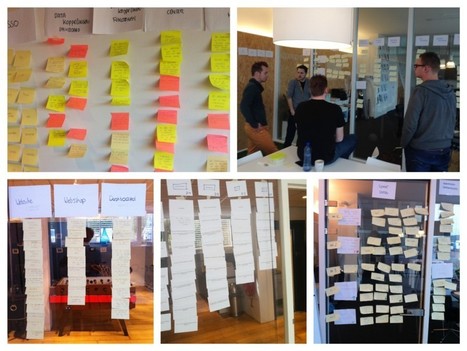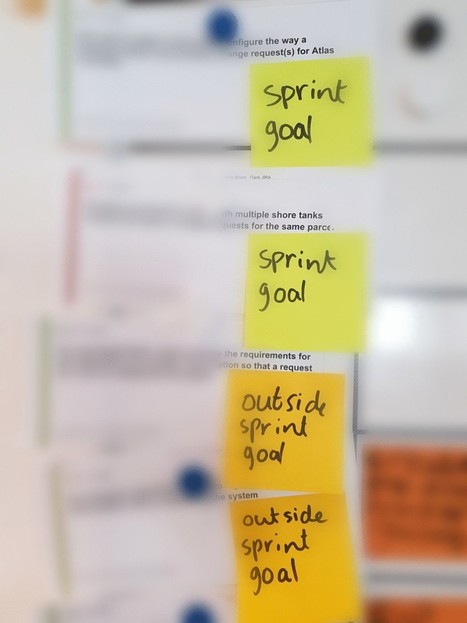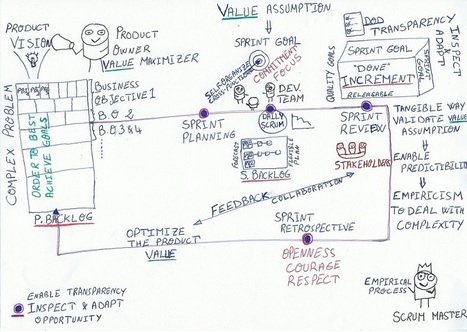Dix sprints de 1 jour vous permettent d’achever 10 cycles de travail et d’apprentissage ensemble, 10 fois plus rapidement qu’une équipe typique. Et cela vous force à identifier les compétences et pratiques critiques comme trouver de petites poches de valeur et collaborer ensemble sur quelque chose au lieu de juste de remettre son travail de l’un à l’autre en séquence, ignorant facilement les compétences et pratiques dans un sprint de 2 semaines.
Vous dépenserez plus de temps dans les cérémonies de sprint. Aussi, ne devriez-vous probablement pas les adopter pour toujours. Mais si vous ressemblez à mes clients, vous serez étonnés de constater combien vous aurez réalisé.
Research and publish the best content.
Get Started for FREE
Sign up with Facebook Sign up with X
I don't have a Facebook or a X account
Already have an account: Login
For Product Owners/Product Managers and Scrum Teams: Growth Hacking, Devops, Agile, Lean for IT, Lean Startup, customer centric, software quality...
Curated by
Mickael Ruau
 Your new post is loading... Your new post is loading...
 Your new post is loading... Your new post is loading...
|
|




















